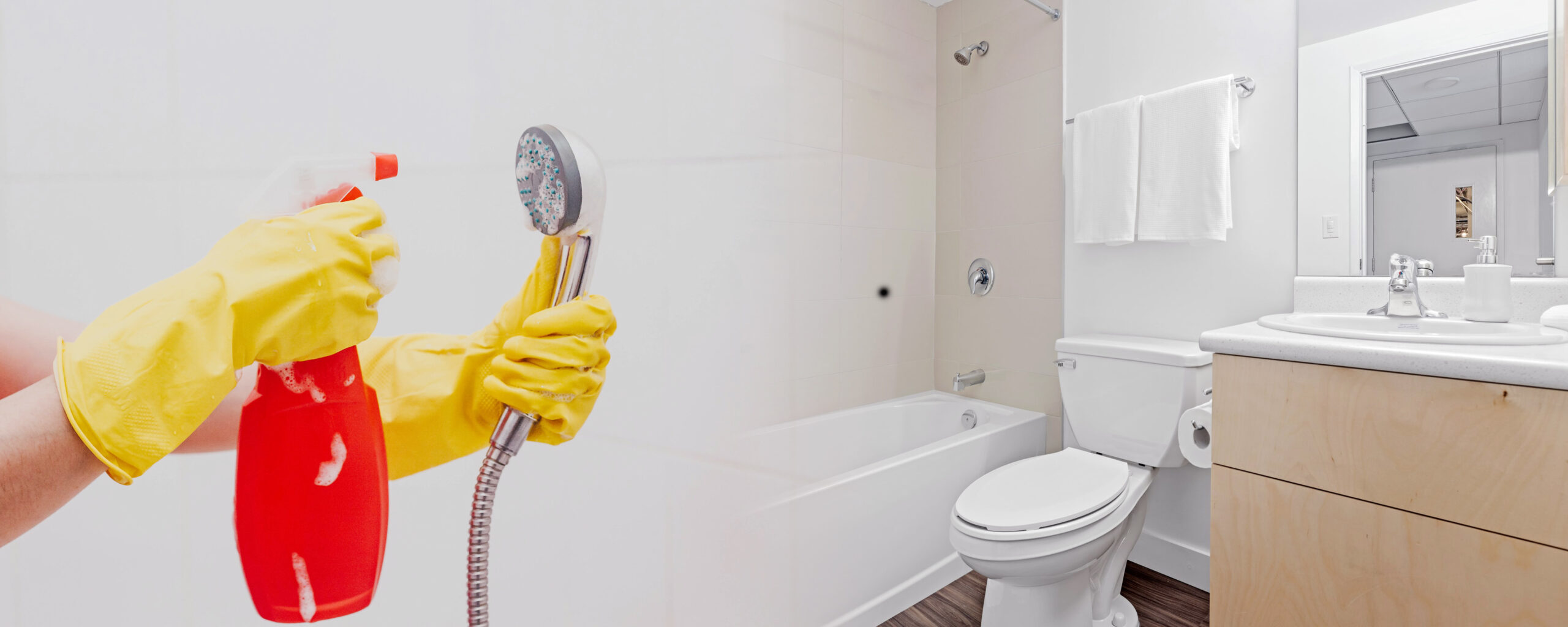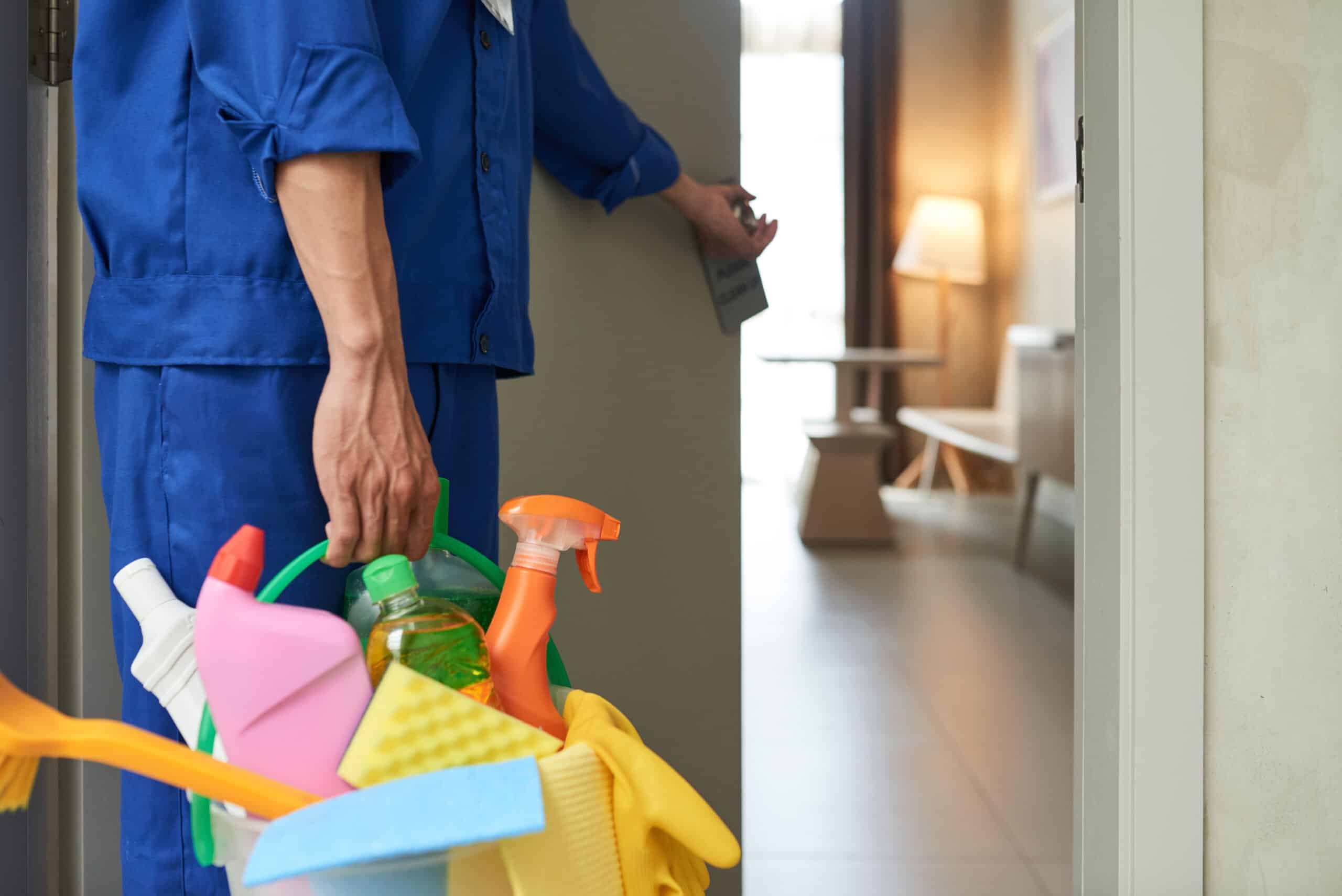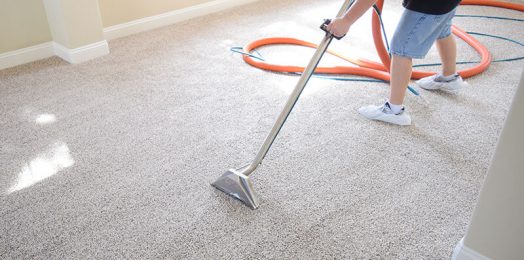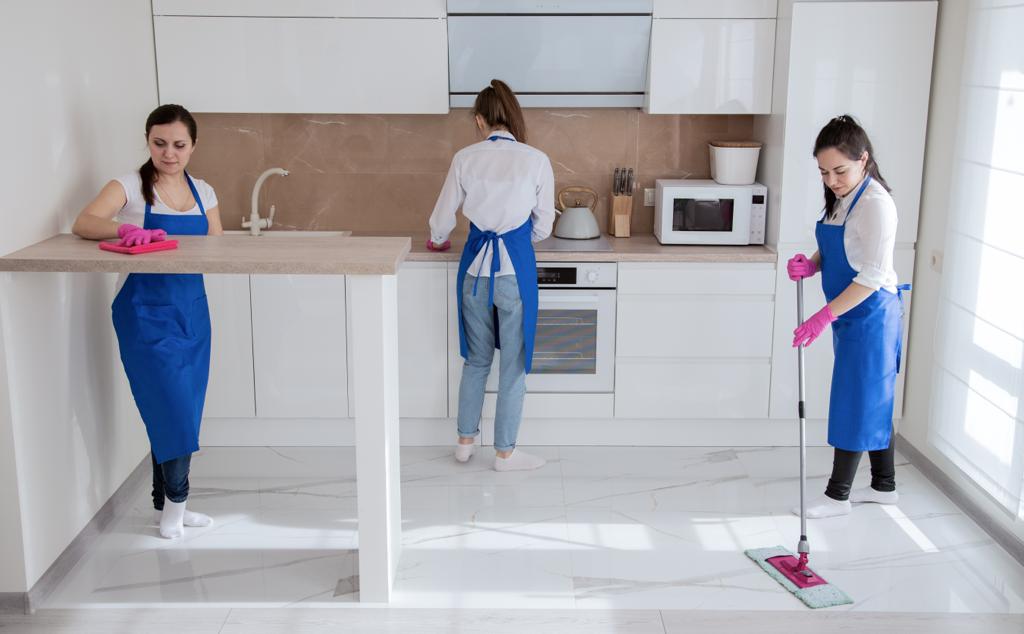How To Clean A Shower
After a long stressful day, you find yourself needing to pop into your bathroom and have a nice refreshing shower. It may be frustrating to step into it and find dirt residue and soap scum all over the tiles and the drainage areas. If you find your bathroom in this condition, chances are you did not clean it properly.
In this article, you will find a few crucial shower cleaning tips; how to clean your shower walls, shower doors and even the showerhead itself so that you can enjoy each moment spent showering.
Table of Contents
How Frequently Should You Clean Your Shower?
Your shower should be cleaned thoroughly at least twice weekly. However, it is highly recommended that you allocate at least one minute to clean up any visible dirt, such as hair, each time you use your shower.
While maintaining your shower’s cleanliness, you should not neglect your shower curtains either. Wash them at least once after three months to keep them in a pristine condition.
How To Keep Your Shower In Good Condition
Use a towel or a nice squeegee to wipe down your shower door and shower walls whenever you take a shower. You should also ensure that you remove excess hair from the drain areas and ensure that you hang any shower tools like poofs and brushes.
By observing this simple routine, you are guaranteed that your stone shower, ceramic tiles and fibreglass shower enclosures remain in great condition every time.
How To Clean Your Ceramic Tile Showers
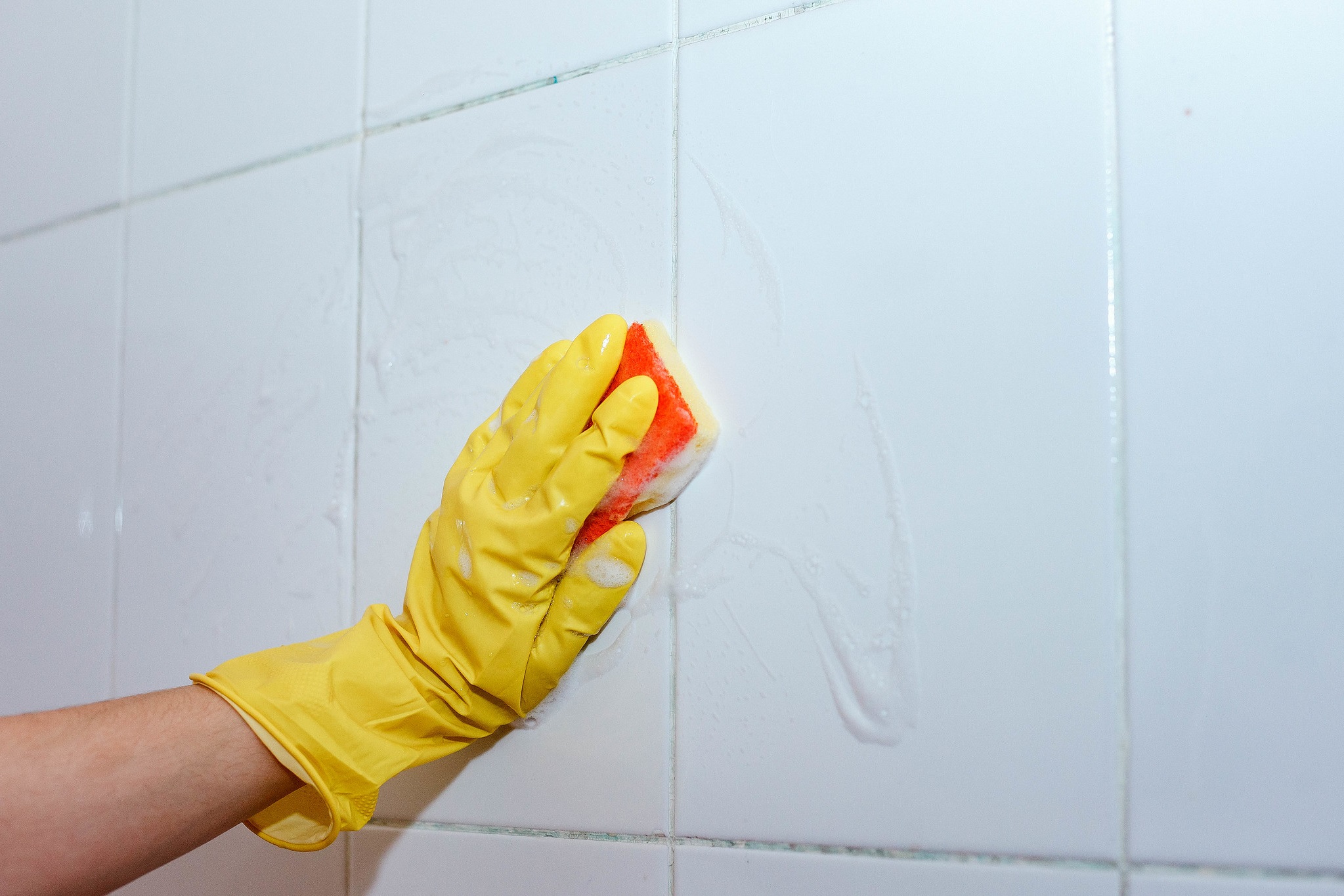
The greatest challenge when handling ceramic tile showers is the grout in between, more so when the gaps between the tiles have not been sealed properly. Grout also encourages the growth of mildew spores thanks to its porous nature.
You will need:
- A homemade solution of about half a cup of ammonia
- Around 4 cups of hot water
- About half a cup of distilled white vinegar all mixed in a spray bottle
- Alternatively, you can purchase a commercial grout and shower cleaner
- Chlorine bleach solution
- Squeegee
- A pair of rubber gloves
- Soft-bristled brush
- Toothbrush
- A plastic mesh scrubber
- A sponge
Follow these steps:
Empty the Shower
To have ample time cleaning your shower, clear your work area by removing all the toys, poofs, shampoo bottles, razors, and other bathroom objects like soap dishes. Once you have cleared the shower area, remove excess hair from your drain. Also, use a cloth dipped in hot water to clean all the objects you removed from your shower area.
Wet the Walls and Ventilate the Shower Enclosure
Turn on your bathroom fan to help ventilate any toxic and harsh fumes from the cleaning agents you are using. This also helps dry the bathroom pretty quickly. Opening your bathroom door or windows can also do the trick. To wet the shower walls, use a bucket of water or the showerhead.
Remove All Traces of Mildew
If you spot any traces of grout infested with mildew, handle it first before you tackle any grime and dirt. To do so, you will need to have your rubber gloves as a safety precaution.
Now apply a mixture of about one cup of chlorine bleach with about two cups of water to the mildew infested grout with a sponge. Let it sit and work its magic for around fifteen minutes, and then scrub the area with an old toothbrush or a soft-bristled brush. Use hot water to rinse the area afterwards.
Use a Commercial or Homemade Cleaner and Wait
Whether you are using a homemade solution or a commercial cleaner, the most important thing is to give the product enough time to work its magic. For a commercial cleaner, spray it onto the floor and walls of your shower area and leave it for around fifteen minutes. This allows the cleaner to work on the soap scum and other dirt, making it easier to scrub them off.
Scrub and Rinse
Use either a plastic mesh scrubber or a good sponge to wipe and clean every inch of the floor and walls. However, do not use a hard bristled brush or a metal scrubber on your ceramic shower tiles because both objects can leave behind nasty scratches. Afterwards, use clean water to rinse the walls by pouring water from the top downwards.
Dry Your Shower Surfaces
To ensure that no water spots remain on your shower surfaces, use a clean old towel or a squeegee to get rid of any water from every shower area surface.
How To Clean Fibreglass Showers
Cleaning a fibreglass shower enclosure is a very easy exercise. Fibreglass showers are durable if properly maintained. When cleaning your fibreglass shower, make sure not to use hard-bristled brushes or any other material that can cause scratches on its surface. Scratches can accumulate grime and dirt, which can make it hard to get rid of.
You will need:
- Borax or baking soda
- Distilled white vinegar
- Sponge or soft-bristled brush
- Squeegee
- Spray bottle
Follow these steps:
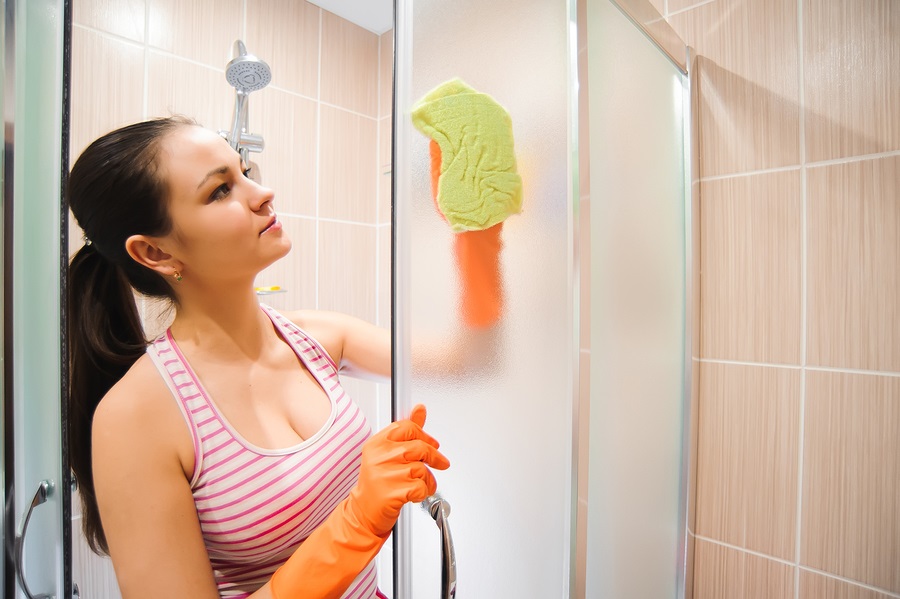
Clean the Fibreglass Surfaces
After removing every accessory and container from your shower area, spray the floor and walls with enough white vinegar. Then use a squeegee to clean the fibreglass surfaces. The distilled vinegar will break down the soap scum and any grime on the surfaces.
Scrub the Floor
Fibreglass floors are mostly very textured; therefore, you have to scrub them thoroughly to clean them. To start, sprinkle baking soda or borax on the vinegar dampened floor. Let it work its magic for about 12 minutes. Use a soft-bristled brush or a clean sponge to wipe off grime and dirt, then rinse with clean water.
When your fibreglass shower enclosure is clean to your satisfaction, you can use fibreglass boat wax to give it a protective coating so that it prevents water from spotting. Do not use the wax on your fibreglass floor because it can leave a slippery surface which might be fatal.
How To Clean Stone Showers
If your shower area is made of granite, marble or another kind of natural stone, you will have to apply a different technique to clean it. It is highly recommended that you clean the stone shower once a week. If you find it hard to do so, it will be prudent to contact a professional cleaning company to do the job for you.
You will need:
- Stone sealer
- Warm water
- Non-acid, ammonia freestone cleaner
- Mild dishwashing soap
- A spray bottle
- Microfiber cloths
Follow these steps:
Remove All Loose Items and Clean the Walls
After removing all loose items from the shower, use a commercial cleaner and spray it down the walls. You can also use a solution of about a quarter gallon of warm water and about one tablespoon of dishwashing soap. Use a microfiber cloth to wipe the walls afterwards.
Try and use a bit of elbow grease on every water spot too. Rinse using clean water coupled with a dry microfiber cloth from the top of the shower to the bottom to avoid any incident of streaking.
Treat Every Trace of Mildew
To remove any mildew on the grout or stone, use a solution of about one cup of water and one cup of chlorine bleach. To apply this, wear rubber gloves to protect your hands.
Dip a clean sponge in the cleaning solution and apply to the mildew infested area. To reach tiny grout areas, use a toothbrush. Give the solution about fifteen minutes to work before scrubbing and wiping the area gently using a soft-bristled brush. Finish off by rinsing those areas with clean water.
Reseal the Stone Surfaces
Natural stones require a protective coating to prevent water and chemicals from sipping into them. The protective seal also helps to prevent toxic microorganisms from dwelling inside the natural stone’s crevices. When the stones are dry and clean, get some stone sealer and apply it over the surface. These maintenance practices need to be carried on at least thrice annually.
How To Remove Tough Stains From Showers
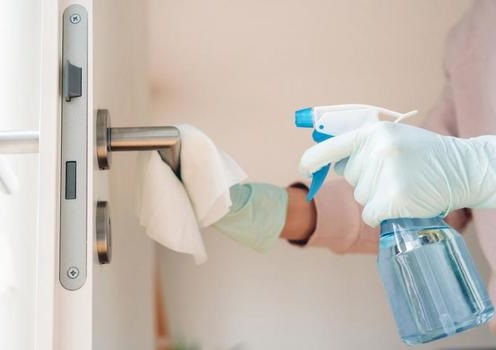
Some shower stains can give you a headache if you try to remove them. Here are a few tips that can help you get rid of them easily.
Rust Stains
If there are rusty stains in your shower area, then here is what you require to get rid of them. You can use a commercial cleaner that has oxalic acid to get rid of it. You can also make use of baking soda and lemon juice paste to remove the stain.
Adhesive Residue
You can use some olive oil to saturate places where stickers have left their adhesive residue behind. Apply the olive oil and let it work for around twenty minutes before you scrape it off using a credit card or any other suitable plastic scraper. If there is still some glue left behind, apply some rubbing alcohol on a cotton ball to remove it.
How To Clean A Showerhead
You will be surprised to know that you can get rid of build-up and mineral deposits from your showerhead without dismantling it. What you need to do in this case is to get a good plastic bag and pour in some distilled white vinegar. Afterwards, insert the plastic bag over the showerhead and fasten it securely with a rubber band.
Now let it sit for about one and a half hours before removing the plastic bag, then flush it with water by turning it on. Use a clean cloth to dry the showerhead and remove any other residue. You can do this process about twice a month to keep your shower head free from build-ups.
How To Clean Your Shower Drain
A wire hanger is the best bet for you to fix a slow draining shower drainage. Simply remove the drain cover, then soak the drain cover in white vinegar to get rid of any soapy residue.
Now straighten the wire hanger whilst making a hook at one end. Proceed to lower the wire hanger carefully into the drain. Make use of the hooked end to pull out any blocking materials. Do this process over and over until the results are satisfactory. Afterwards, flush the drain with hot water to get rid of any remaining residue.
How To Clean Shower Curtains And Shower Liners
Shower liners and shower curtains usually harbour a lot of germs, moulds, mildew and dust. These components of the shower are, however, easier to clean. You can use a washing machine to clean them very easily. But before you do that, please take some time to read the instructions on the care tag to know how best to clean it.
To begin cleaning, ensure that you have removed any clips or rings, put the liner and curtains in a washing machine, and set it to a gentle cycle. Ensure that you use warm water for the wash cycle. Afterwards, hang the curtain or liner and let it air dry.
Other Measures You Can Take To Maintain Your Shower
- Invest in a bathroom exhaust fan as it is very helpful for removing moisture, dust and fumes from your shower. Moisture filled and warm spaces make a good breeding condition for moulds and mildew. Each time you finish taking a shower, let your exhaust fan run for around fifteen to twenty minutes to allow it to dry out the bathroom and the shower.
- Install a plug guard. A plug can sit over the shower drain to catch debris and catch excessive hair that can block your drain.
Make Cleaning Your Shower Regularly A Habit
To sum it up, the most effective way to clean your shower is to do it regularly to avoid an excessive build-up of dirt and grime. Make cleaning on the go a mantra in your home to ensure your shower is always clean for you, your family or guests. If you cannot do a great job cleaning your shower, get help from a professional cleaning company.

